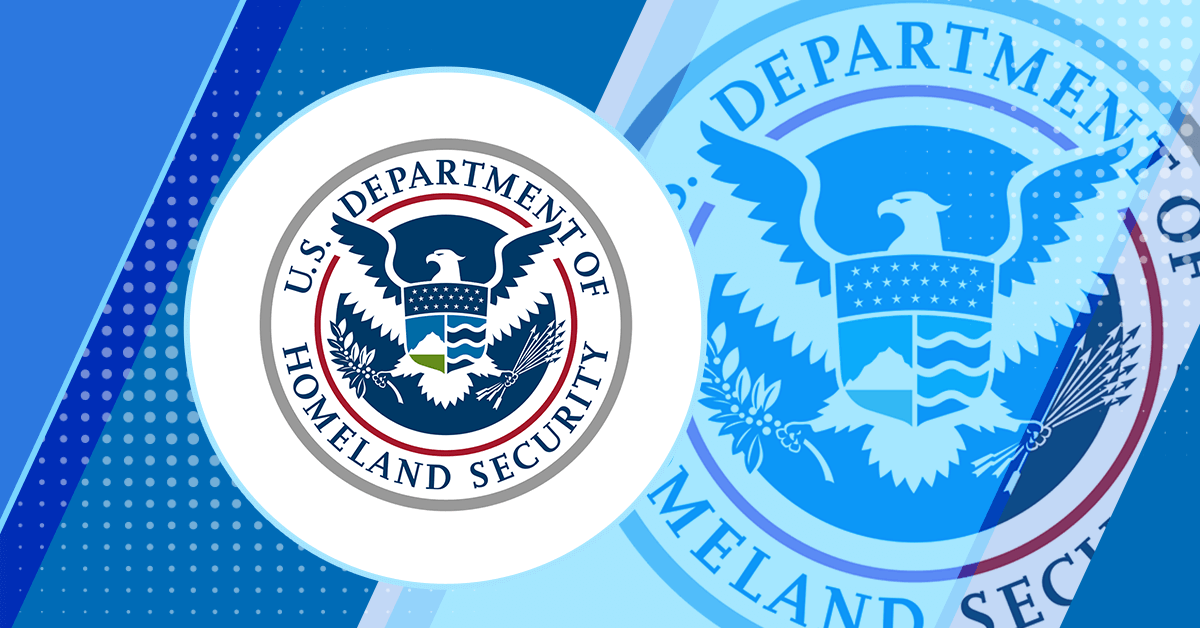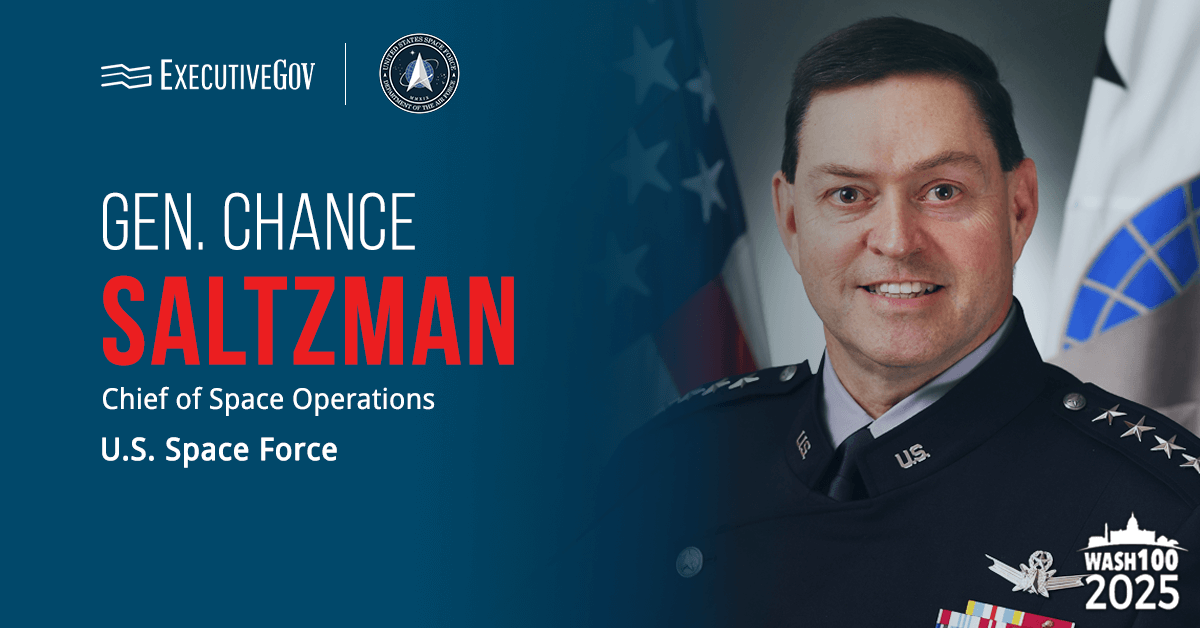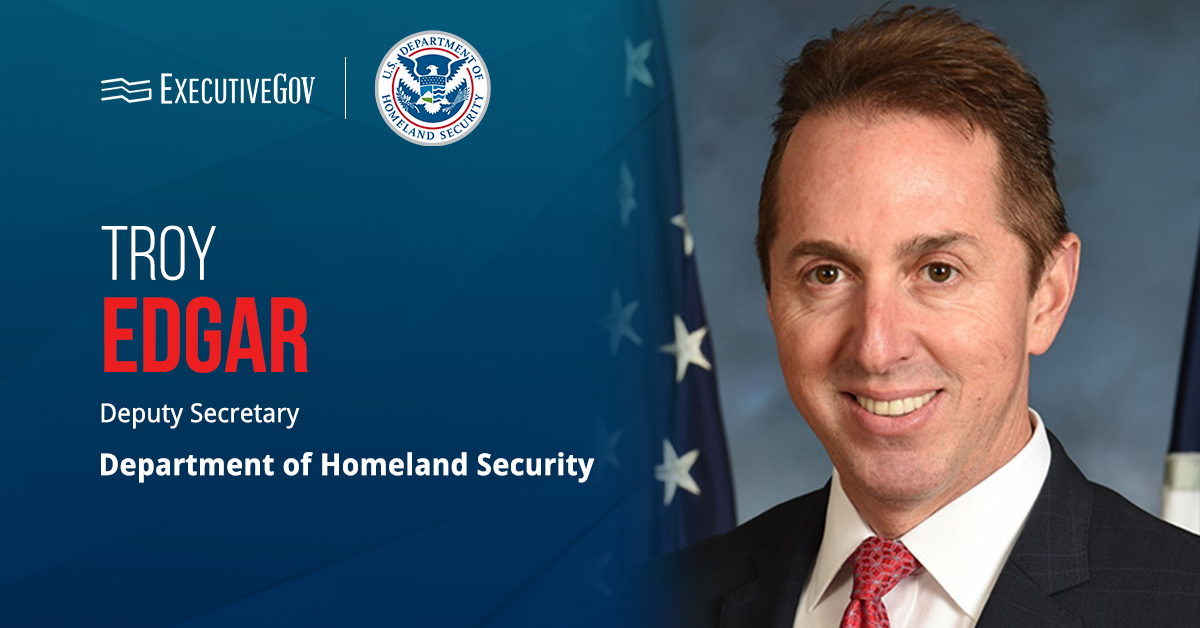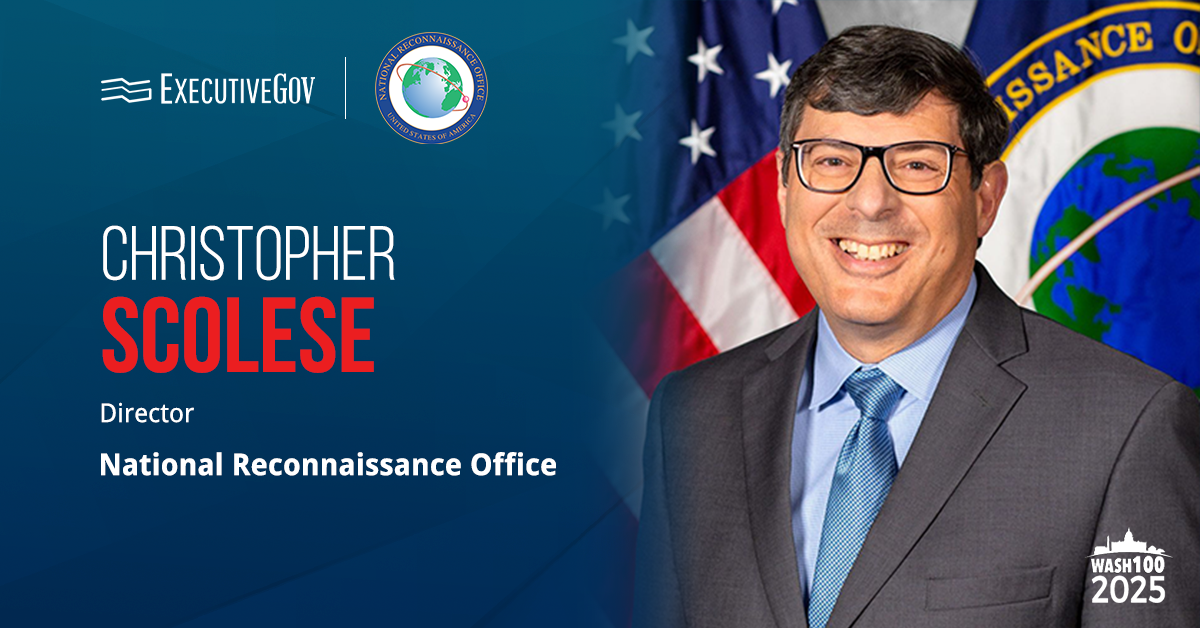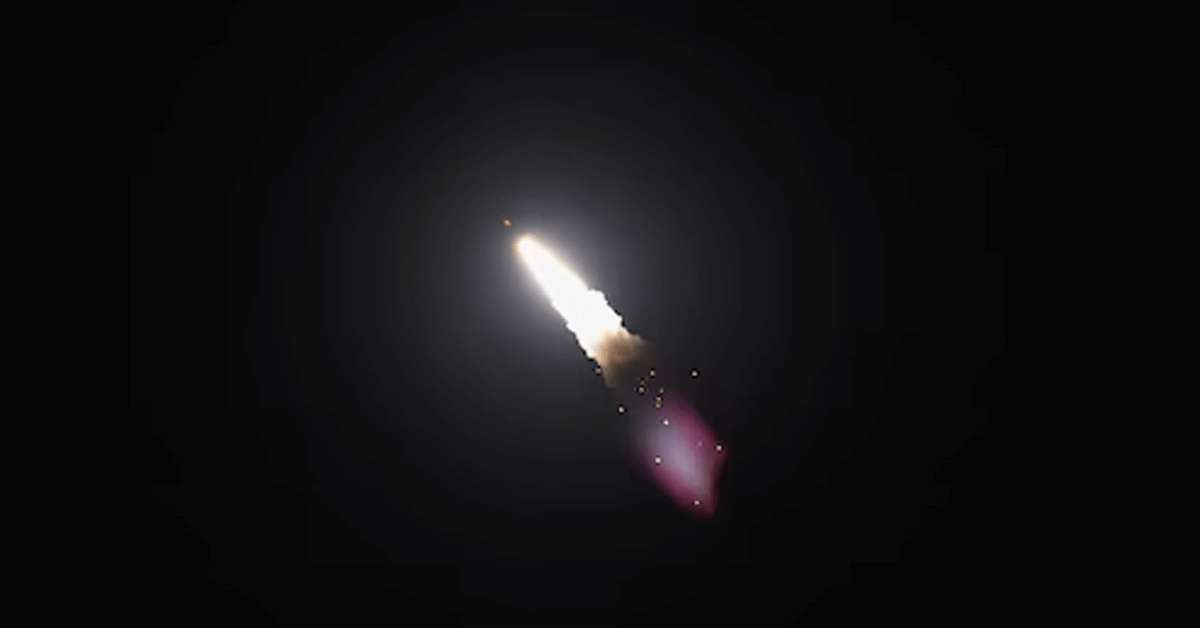The Department of Homeland Security Science and Technology Directorate has launched the Remote Identity Validation Rally, or RIVR, for 2025 to enable industry partners to advance and demonstrate remote identity technologies.
Advancing Secure Remote Identity Technologies
DHS S&T said Thursday the series of technology challenges was launched in collaboration with the Transportation Security Administration, Homeland Security Investigations Forensic Laboratory and the National Institute of Standards and Technology. The new evaluation series aims to accelerate the development of secure, accurate and user-friendly remote identity technologies. These innovations will be utilized for critical activities such as applying for government services, opening bank accounts and verifying social media accounts.
The evaluation will focus on the systems’ ability to verify identity documents, detect the “liveness” of selfie photos and assess identity verification using images taken with mobile devices.
The 2024 Remote Identity Validation Technology Demonstration revealed that some remote identity validation technologies work well but the performance of commercial products vary. The results of the RIVTD were used as the basis for benchmarks set for RIVR.
Arun Vemury, senior advisor for biometric and identity technologies at DHS S&T, said, “Through the RIVR, we will partner with industry to foster innovation, incentivize competition and accelerate progress in making these technologies more secure and reliable against evolving threats.”
TSA Identity Management Capability Manager Jason Lim, added, “TSA is very pleased to once again partner with S&T on the continuation and expansion of this effort to ensure that remotely enrolled digital identities meet our threshold of trust, security and privacy as the use of digital IDs, including mobile driver’s license, continues to expand.”


